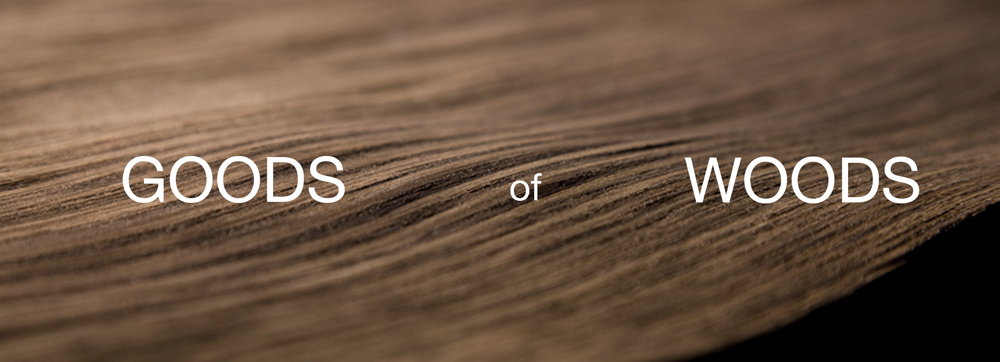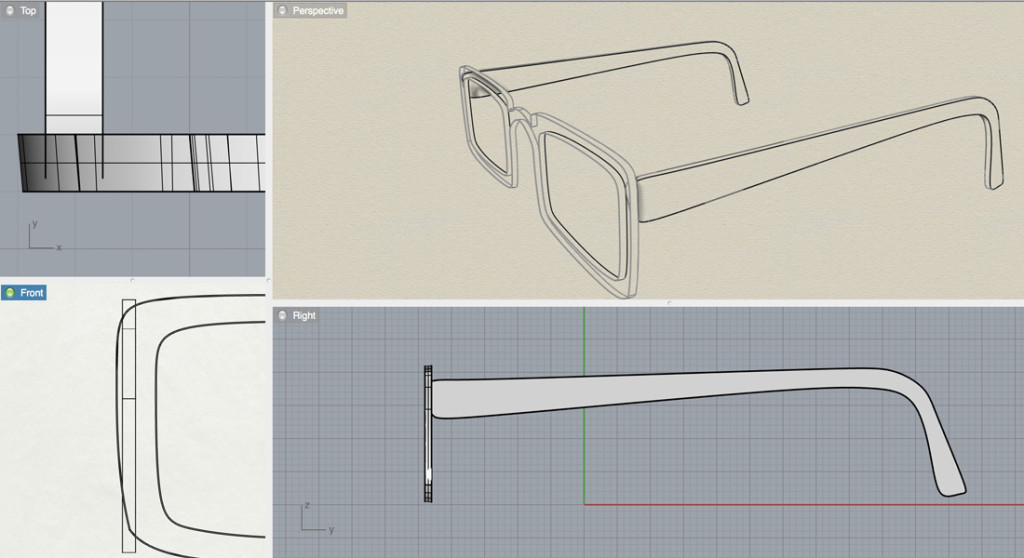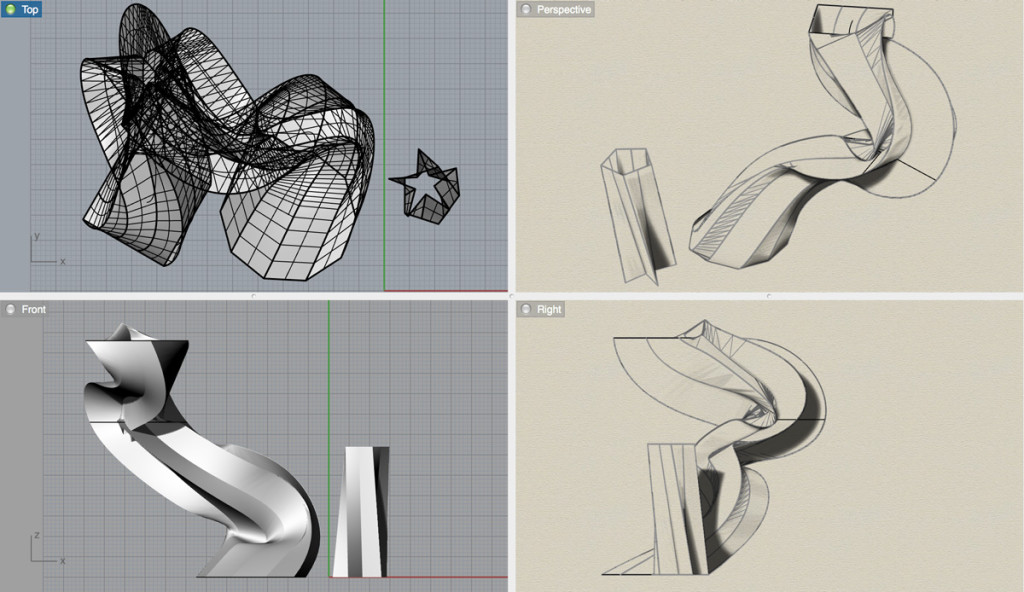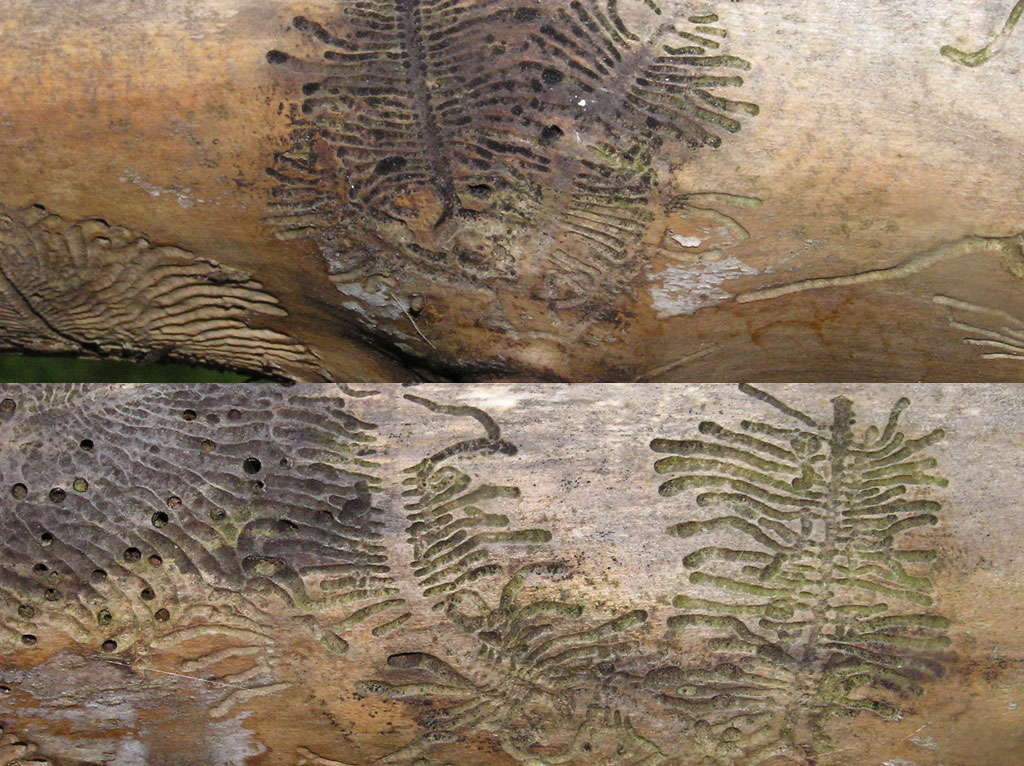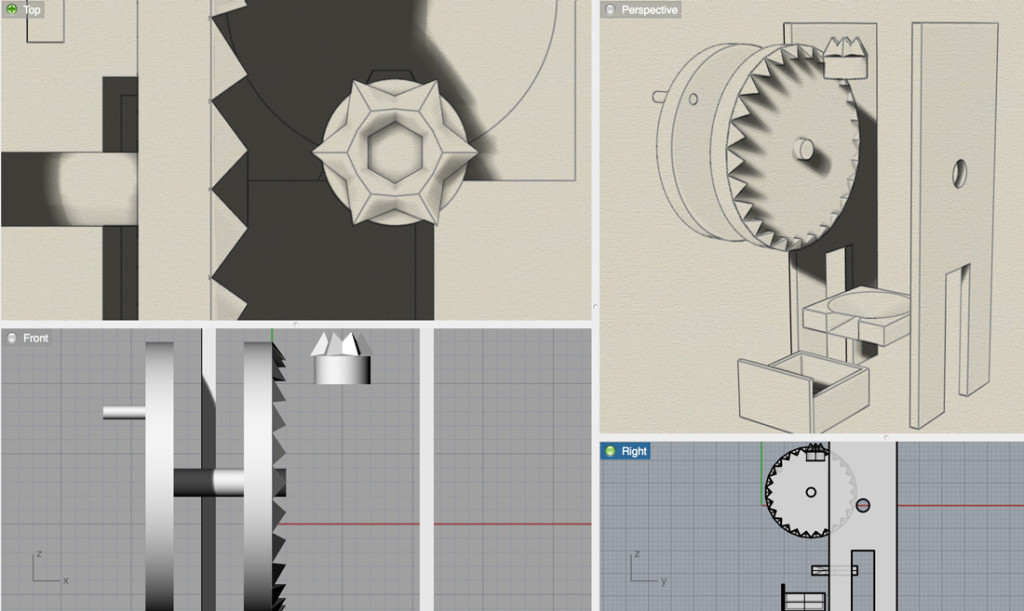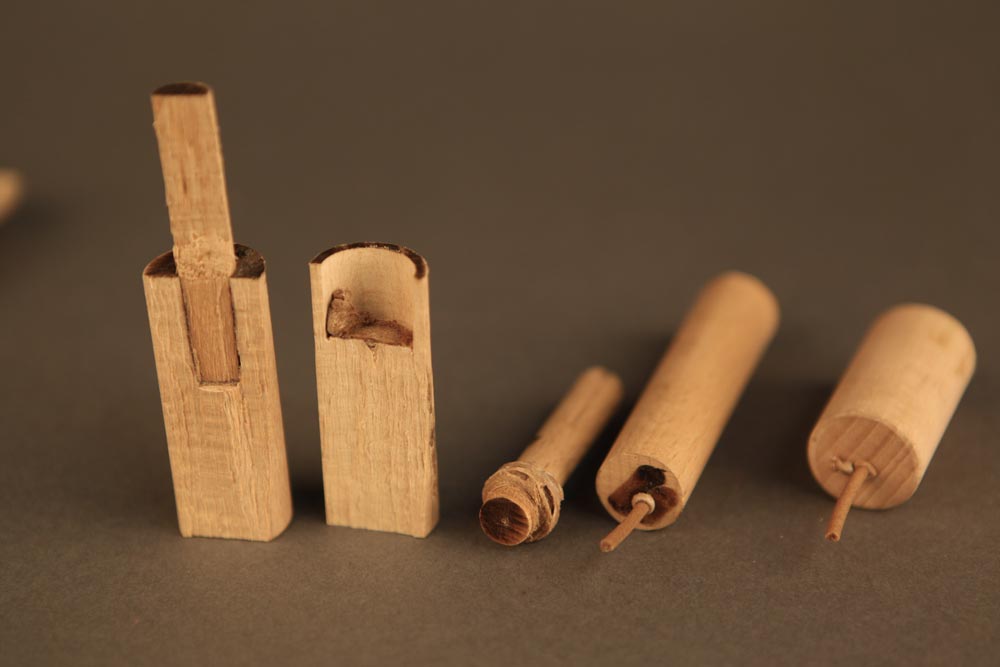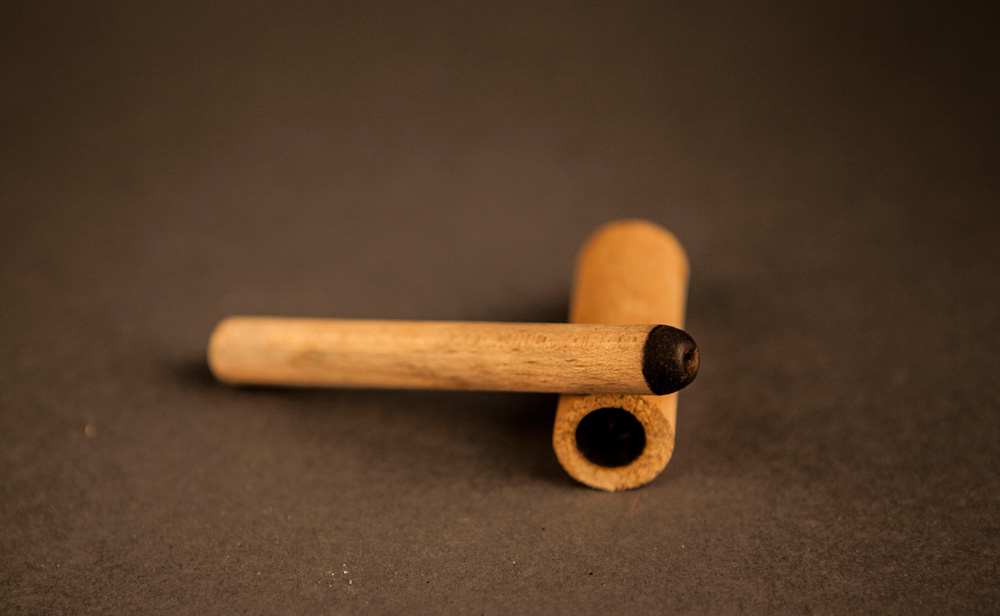19. January 2014
1. The matter – aspects of wood
Wood is one of the oldest and most common materials used for all kinds of fabrication. Thus plenty of its potential uses are known already – which is not to say there are less possibilities to come up with innovation. In fact it means the very reverse: There is a huge variety of discovered qualities and principles we can transfer to other contexts. Nevertheless it also means, new ideas tend to be widely spread over a large field of different subjects. Bearing this in mind, I started off with a mind-map that included - from the root to the blossom, from the trunk to the fibre – any possible aspect, form and treatment of wood. The outcome this research based exploration will be discussed in chapter 3. (Source picture above: http://www.em-bee.ch/images/embee/seiten/ueber-embee-01.jpg)2. Computational Designs
2.1 Fractal root structures
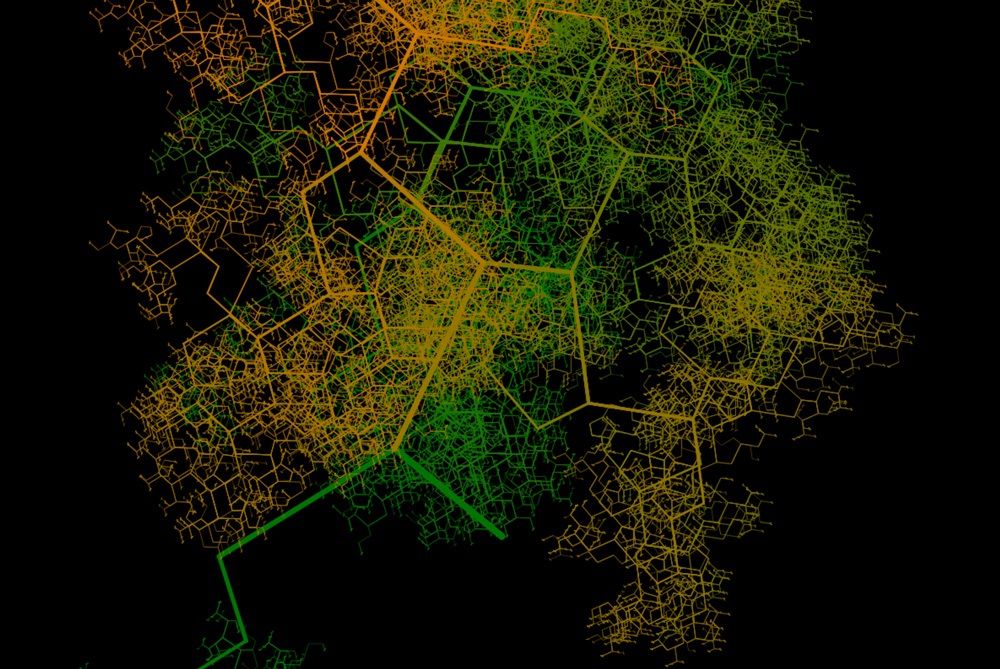 The fractal structure of roots inspired me to modify a processing code I once wrote for another project into a generator of images based on recursive as well as on random structures.
The fractal structure of roots inspired me to modify a processing code I once wrote for another project into a generator of images based on recursive as well as on random structures.
2.2 Practicing 3d-modeling in 'Rhinoceros'
Since learning ways of using digital fabrication methods was an important part of this course, we started creating 3d-renderings before our ideas were set in order to practice the software.
Progressing further towards more demanding renderings I modeled drafts of rather complex static shapes.
3. First Ideas and Main Concept
3.1 First approaches – the big cloud
As mentioned in chapter 1, I set the scope of my first mind map towards wood to its widest. Thus the diversity of the three brainchildren presented in the following does not surprise: With the predetermined treatment of “tearing” wood and only very little time, I thought about ways to lubricate the “pipes” in between the annual rings of a growing tree in order to unfold its trunk like a telescope when chopped. Obviously actual feasibility did not matter much at this stage of the creative process.
The resin of wood is another very interesting aspect of the matter: With its variable optical and fluid states, its hydrophobic, conserving and flammable qualities and a manipulable transparency and stickiness it offers a great range of ideas to explore.
3.2 Main concept – wood drill with good will
To make sure I would not get lost in the endless cloud of ideas around wood, I confined myself to a single idea much earlier than I usually do. I took one of the oldest but most crucial wood based techniques in humanity: The fire drill. My intend was, to apply the principle of this time-consuming technique to a technical solution that made it less time-consuming and user friendly. Therefore I did research and experiments in both, the field of the physical aspects of fire drilling (3.2.1) as well as in the area of its practical application through design (3.2.2.)3.2.1 The principle – friction causes heat
By studying the physics behind the principle I managed to determine three main factors crucial for the generation of heat through friction:
Pressure: How strongly the surfaces are pressed together.
Speed : How quickly the surfaces move.
Surface : The superficial as well as the underlying structure of the wood.
In order to know the range I had to test the above criteria in, I designed a possible setup of the construction. This way I could figure out the approximate ‘pressure’, ‘speed’ and ‘structure I wanted to test:
Pressure: This design required the user to generate the pressure by hand, which means about 3-6 kg were possible.
Speed: With the chosen wheel-radius and a transition of 1/10 the user could generate about 20 rotations a second.
Surface: The surface needed to be optimized for friction (roughness) and ignition (therefore the “spark-box” underneath the drill) – this is still a very vage attempt to do so.
3.2.3 Examination causes redirection
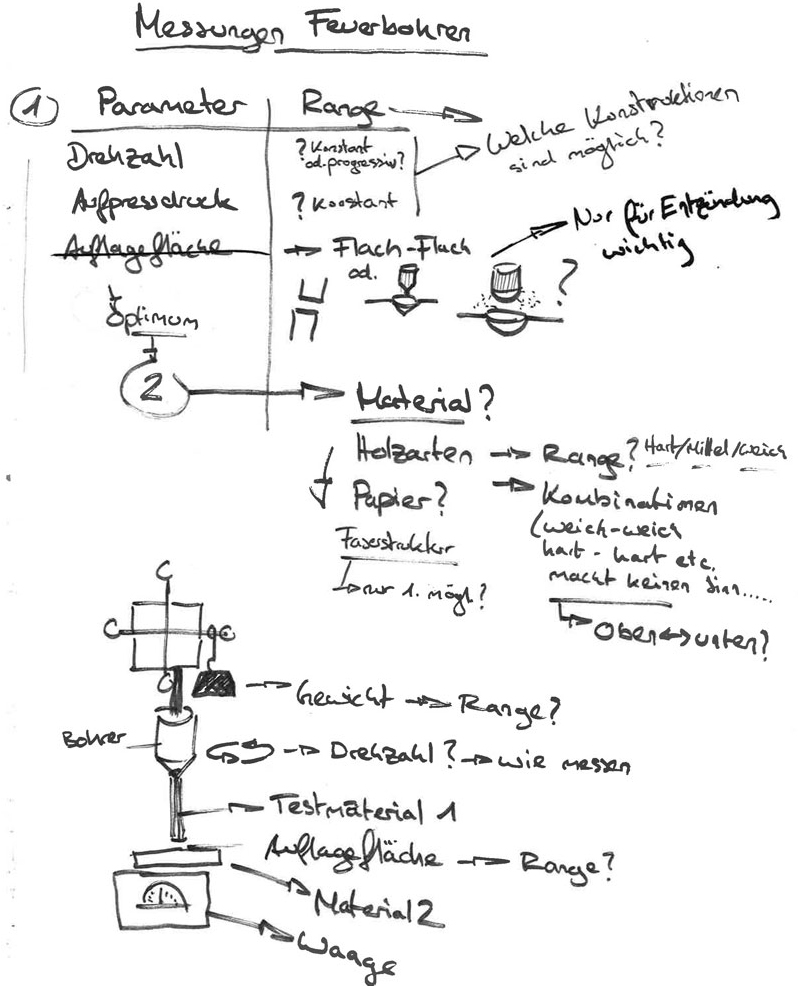

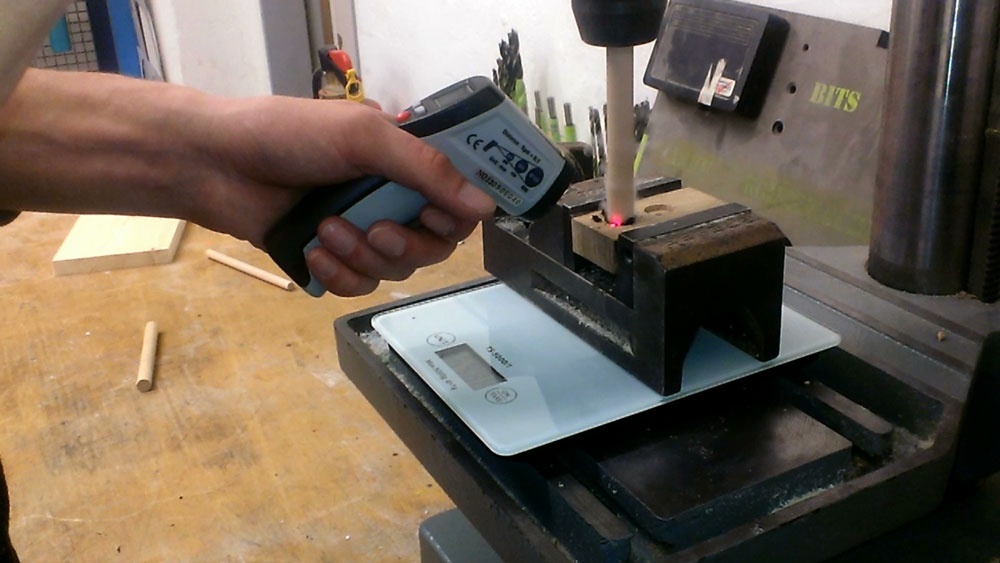
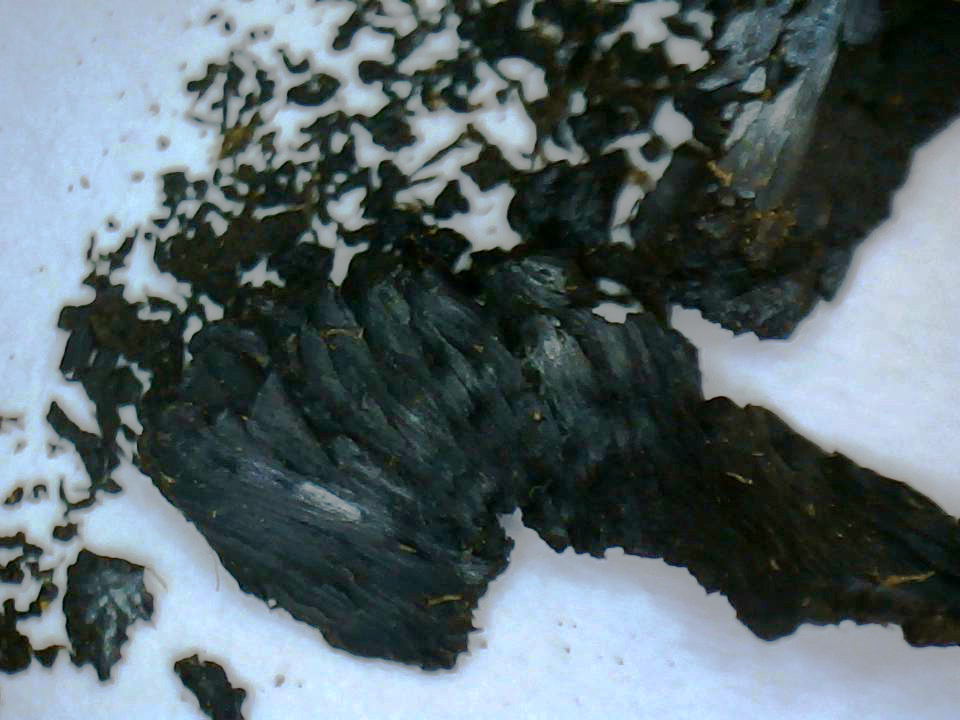 After testing various settings of the mentioned parameters I realized that the path I was following would not lead me to new insights regarding the material itself. Therefore I gave up the idea of the “fire drill” as a product and focused on its principle as will be further described in chapter 4.
After testing various settings of the mentioned parameters I realized that the path I was following would not lead me to new insights regarding the material itself. Therefore I gave up the idea of the “fire drill” as a product and focused on its principle as will be further described in chapter 4.
4. Modelling and Fabrication process
In order to make alternative use of the principle “friction causes heat” I worked on two different approaches: Using the heat to melt and connect artificial substances (4.1) and using it to cause a pyroloysis and thereby obtain coal tar (4.2).
By heating 3d-printable artificial wood through friction I managed to permanently different kinds of wood. This principle could probably help to improve construction processes of complex buildings or become a new fixing-method in everyday tinkering.
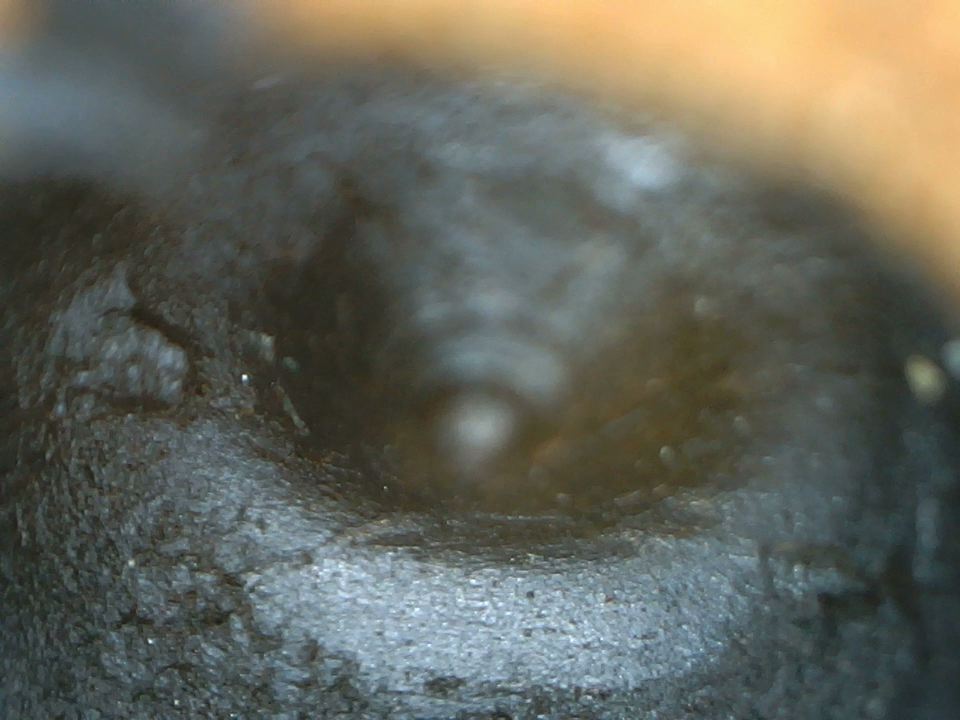 When wood (especially beech) reaches the temperature of ignition but has no oxygen to do so, it carbonises whereby coal tar can be produced. To explore if this would work with friction-caused heat I set up experiments that simulated fire drilling under water and analysed the outcome with a microscope. Although I could not determine for definite if the treatment really generated tar, a close up look at least gives the impression of a well sealed surface that is more resistant than before.
When wood (especially beech) reaches the temperature of ignition but has no oxygen to do so, it carbonises whereby coal tar can be produced. To explore if this would work with friction-caused heat I set up experiments that simulated fire drilling under water and analysed the outcome with a microscope. Although I could not determine for definite if the treatment really generated tar, a close up look at least gives the impression of a well sealed surface that is more resistant than before.
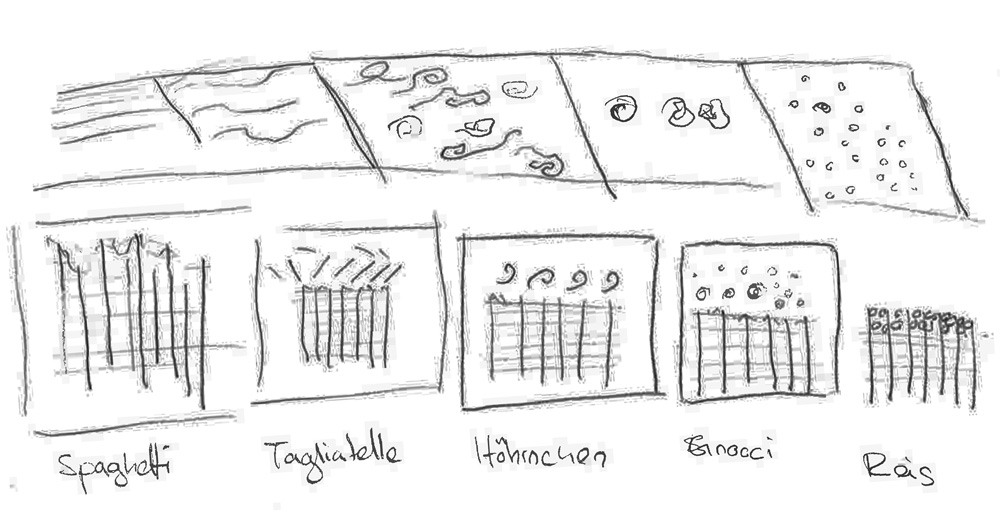 I further found out that it was not only the heat sealing the surface (through pyrolysis) but also the friction itself: Single wood fibres break off, crumble into small particles and fill up the gaps in between the remaining fibres on the surface. Hence I built a model to explain this second aspect of the aggregation.
Due to different material qualities required and some technical issues I designed and produced the model for and with booth 3d-printing as well as laser-cutting.
I further found out that it was not only the heat sealing the surface (through pyrolysis) but also the friction itself: Single wood fibres break off, crumble into small particles and fill up the gaps in between the remaining fibres on the surface. Hence I built a model to explain this second aspect of the aggregation.
Due to different material qualities required and some technical issues I designed and produced the model for and with booth 3d-printing as well as laser-cutting.
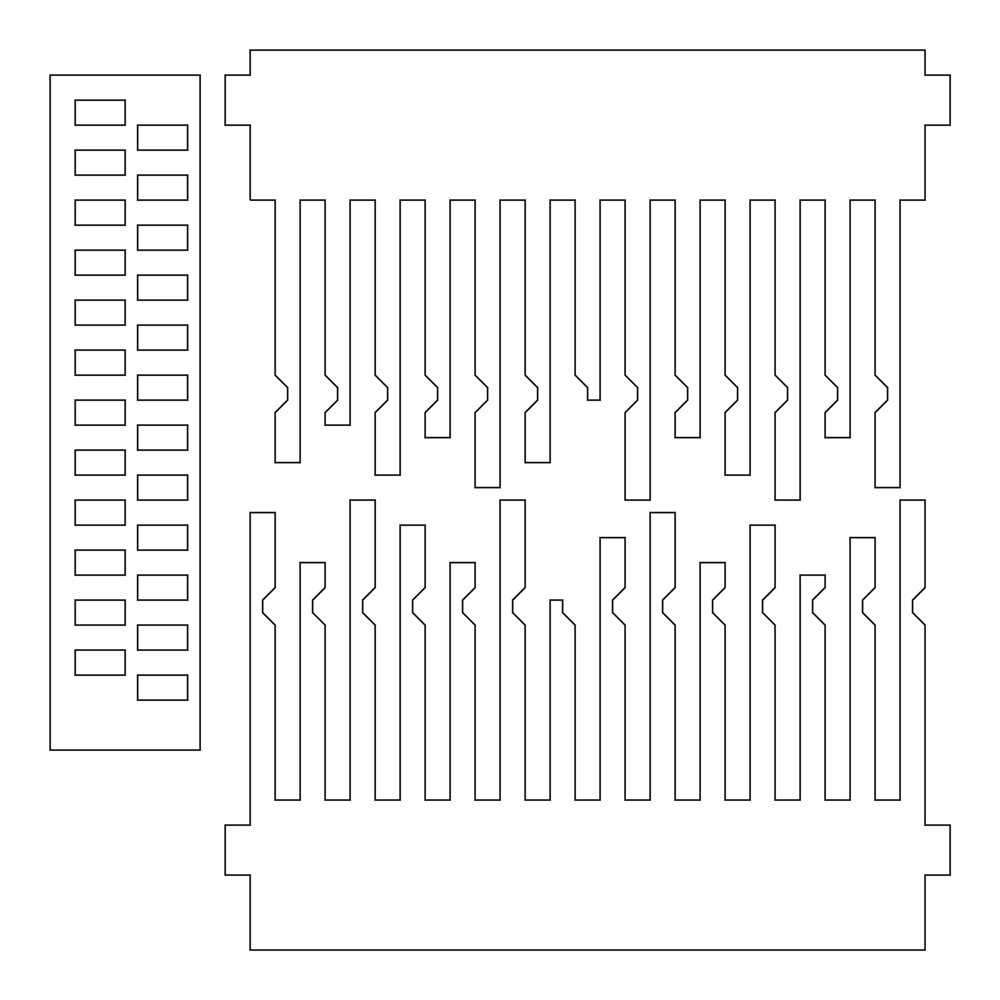
 The laser-cut model for the parts consisting of plexiglass.
The laser-cut model for the parts consisting of plexiglass.

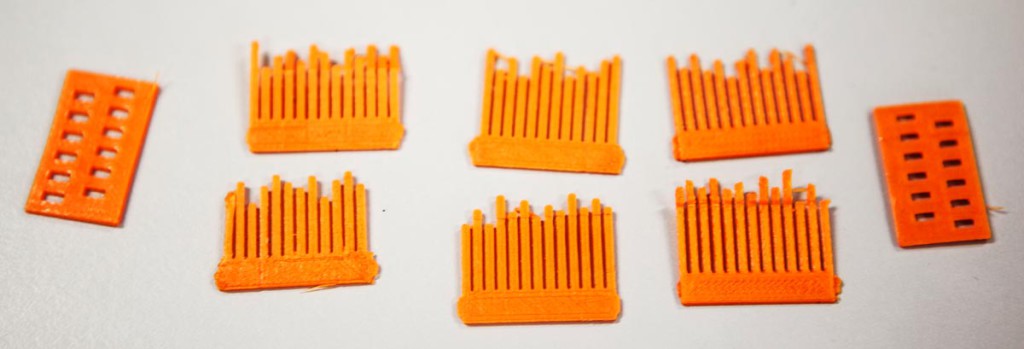
4.1 A screw for the fire drill
4.2 Target: get tar!
 When wood (especially beech) reaches the temperature of ignition but has no oxygen to do so, it carbonises whereby coal tar can be produced. To explore if this would work with friction-caused heat I set up experiments that simulated fire drilling under water and analysed the outcome with a microscope. Although I could not determine for definite if the treatment really generated tar, a close up look at least gives the impression of a well sealed surface that is more resistant than before.
When wood (especially beech) reaches the temperature of ignition but has no oxygen to do so, it carbonises whereby coal tar can be produced. To explore if this would work with friction-caused heat I set up experiments that simulated fire drilling under water and analysed the outcome with a microscope. Although I could not determine for definite if the treatment really generated tar, a close up look at least gives the impression of a well sealed surface that is more resistant than before.
4.3 Peel and seal
 I further found out that it was not only the heat sealing the surface (through pyrolysis) but also the friction itself: Single wood fibres break off, crumble into small particles and fill up the gaps in between the remaining fibres on the surface. Hence I built a model to explain this second aspect of the aggregation.
Due to different material qualities required and some technical issues I designed and produced the model for and with booth 3d-printing as well as laser-cutting.
I further found out that it was not only the heat sealing the surface (through pyrolysis) but also the friction itself: Single wood fibres break off, crumble into small particles and fill up the gaps in between the remaining fibres on the surface. Hence I built a model to explain this second aspect of the aggregation.
Due to different material qualities required and some technical issues I designed and produced the model for and with booth 3d-printing as well as laser-cutting.

 The laser-cut model for the parts consisting of plexiglass.
The laser-cut model for the parts consisting of plexiglass.


3d-printed parts of the final model.
5. Final Outcome
Three of the models, showing different states of wood under the influence of friction with other wood.
By friction and pyrolysis the dark surfaces of this pieces were sealed and made more resistant.
